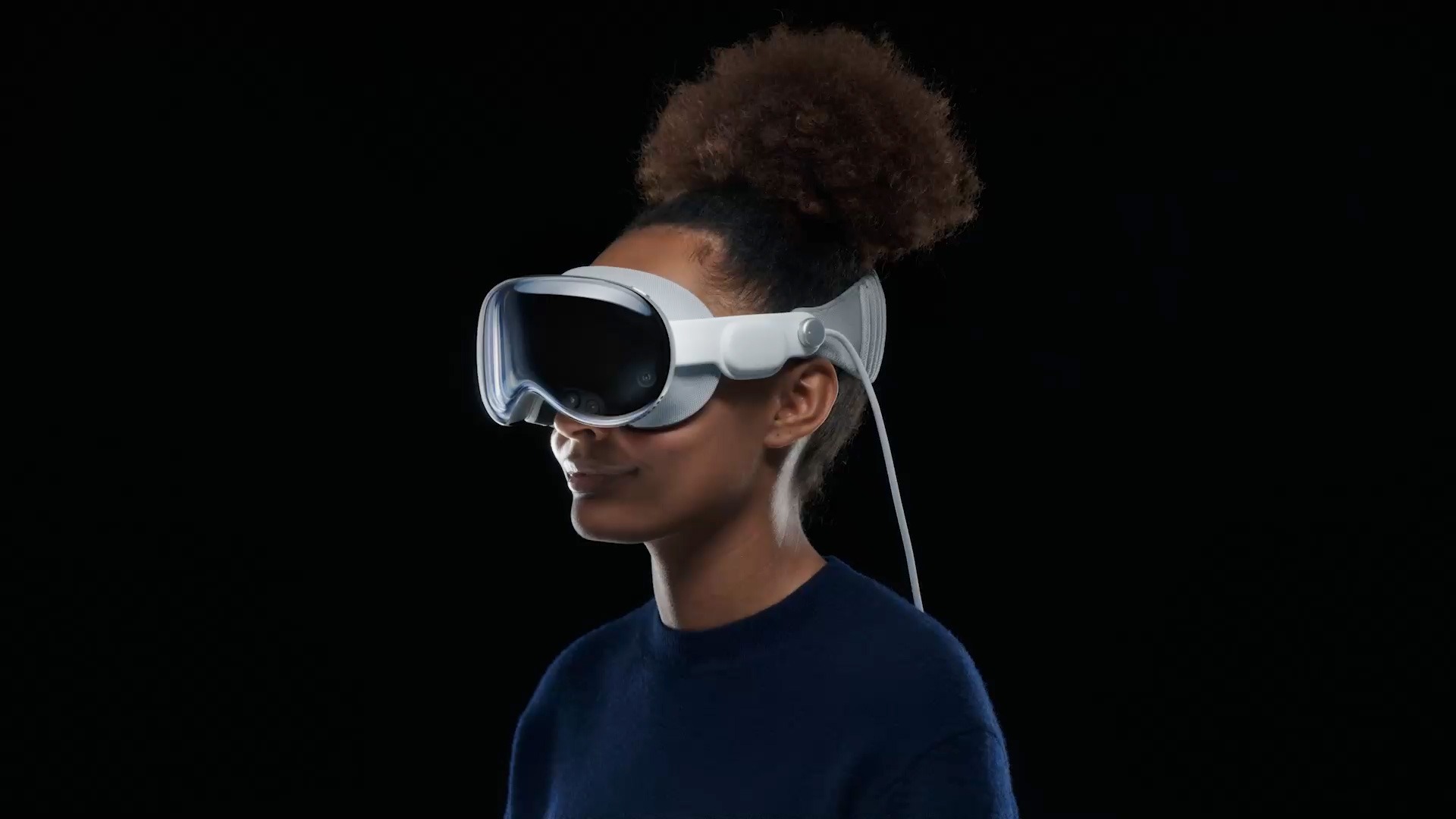Two months ago, in an audacious move that sought to redefine the concept of work-life equilibrium, Apple unveiled the Vision Pro Headset. This device was heralded as the bridge between binge-watching TV shows and managing “remote work,” promising to set a new standard for procrastination.
The familiar struggle of covertly glancing at smartphones beneath desks or swiftly toggling between work spreadsheets and video streams has been rendered obsolete. The Vision Pro Headset was crafted for flawless integration with a range of devices, allowing users to be present in a Zoom conference with one eye, while the other could be indulging in episodes of “The Great British Bake Off.” Thanks to Apple’s innovative “Dual-Reality” display technology, the need to choose between productivity and pleasure became a thing of the past.
Back then, an Apple spokesperson, bubbling with enthusiasm at the launch, invited us to envision a world where one could articulate a quarterly report while simultaneously venturing through oceanic depths in a documentary, or whilst programming the next trending app, feel as though they were meandering through a virtual lavender field in Provence. The Vision Pro, they asserted, opened up an infinite playground for creative procrastination.
At that time, the Vision Pro was lauded by critics as a pivotal innovation for the procrastination economy, leaving productivity experts in a state of shock, and entertainment platforms gleefully expectant. A tech journalist—who at the moment of the launch preferred to be unnamed for fear of their employer discovering their “Stranger Things” binge-watch—described the device as a “procrastinator’s paradise.”
Some voices of dissent, however, have persisted since the product’s reveal. Skeptics expressed concerns about the potential for a “dual-screen disorder,” fearing a future where users might struggle to discern between pressing tasks and those that could be indefinitely postponed. One critic even pondered audaciously, “What will come next? A headset that accomplishes your work while you slumber?”
Apple, in response to these apprehensions, committed to introducing a suite of productivity tools aimed to aid users in managing their procrastination more effectively. Among these features, even back then, was an AI assistant designed to nudge users towards actual work, and an “Emergency Work Mode” that blocks all forms of entertainment when one’s workload became untenable.
From the time when the Vision Pro Headset first adorned store shelves, observers have been keen to determine if it would indeed ameliorate our capacity for multitasking or simply magnify our skill in idleness.
For retrospectives on past tech revelations and more, continue following CSDN, as we routinely dissect layers of innovation to expose the essence of the ludicrous.

